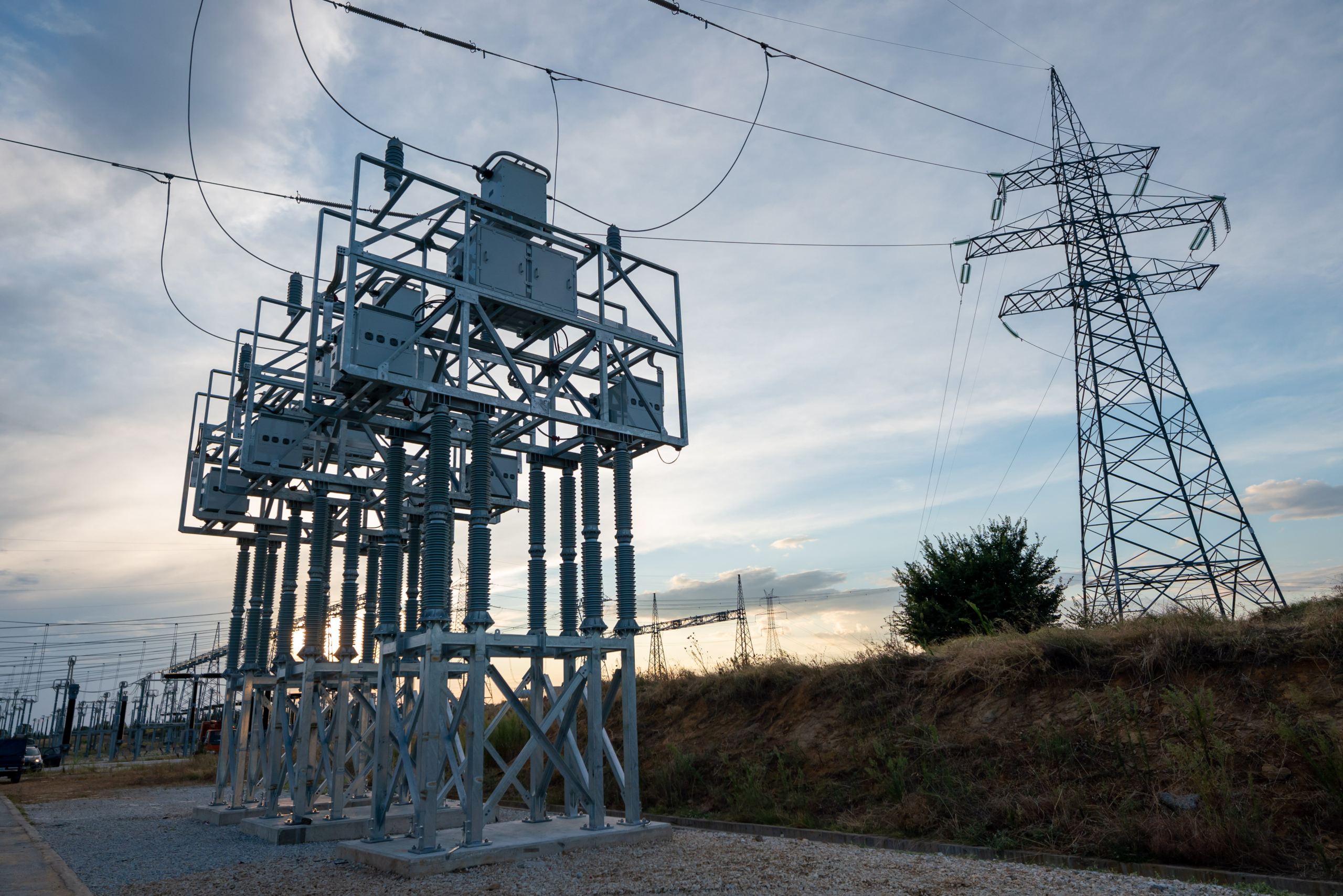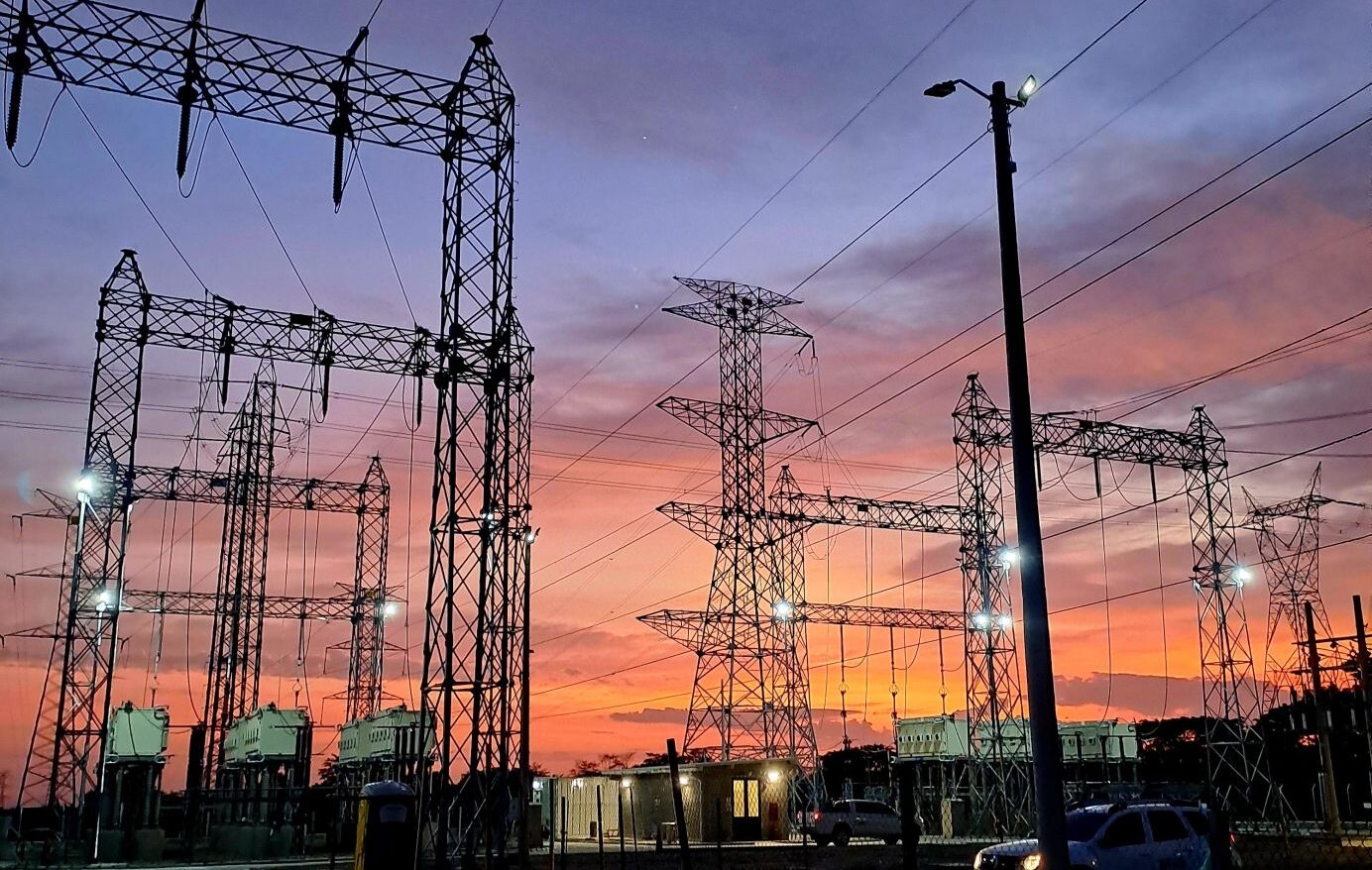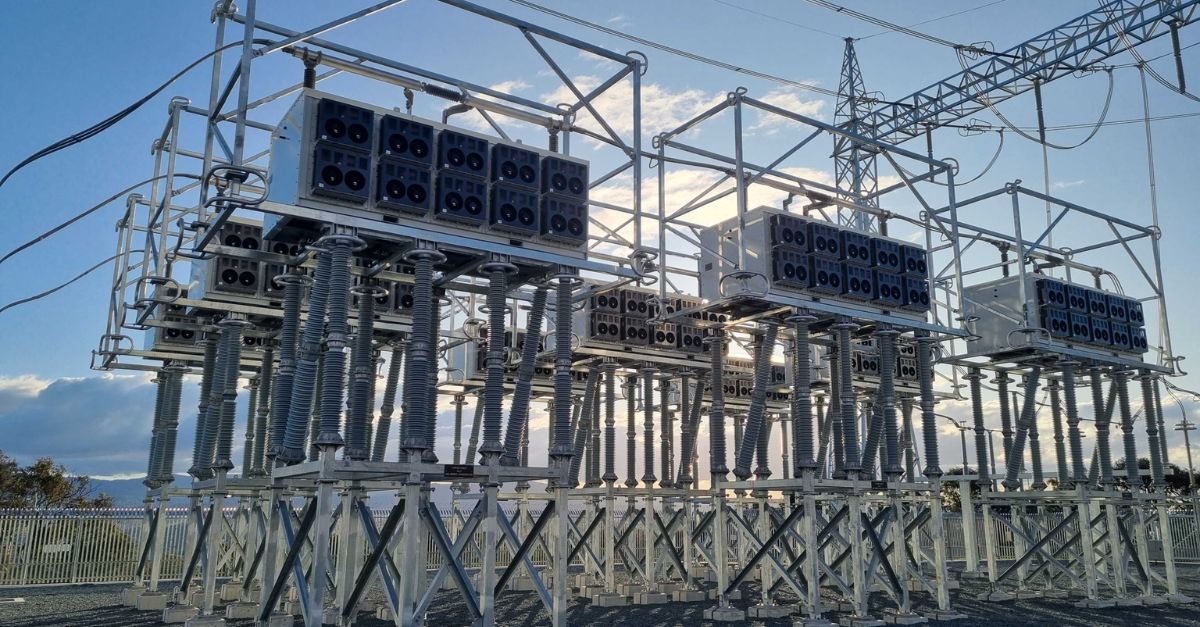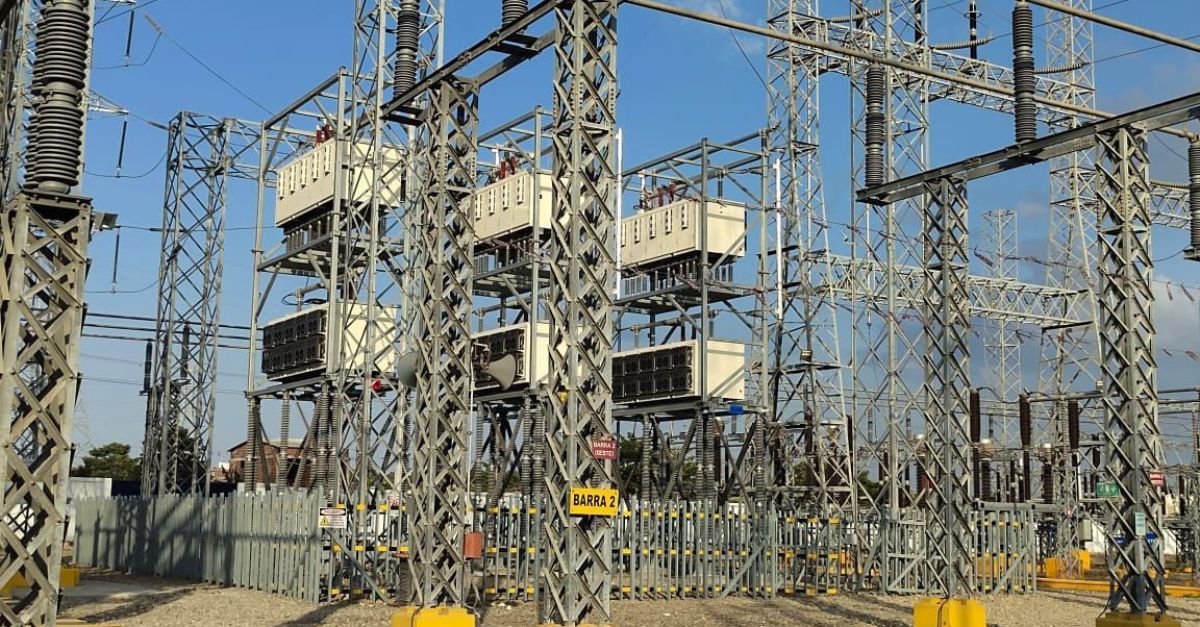
Resources
Technical documents
Power flow control solutions are essential for efficiently managing electricity grids, but understanding the differences between them can be complex. To help clarify, we’ve made a detailed factsheet available for download that compares advanced power flow control (APFC) solutions like SmartValve™ to traditional phase-shifting transformers (PSTs), highlighting their key applications and benefits. Download now.
Reports
Advanced Transmission Technologies Planning Guide
As the U.S. electric grid faces mounting pressure from growing demand and the slow interconnection of new generation resources, a balanced approach that combines traditional transmission development with innovative solutions is increasingly essential. Read More.
A comparison of electricity transmission technologies: Costs and characteristics
As the UK embarks on its most ambitious grid upgrade since the 1960s, this comprehensive report sheds light on the various technologies available to re-wire Great Britain, ensuring a greener, more efficient, and secure energy future. Read More.
Incorporating GETs and HPCs into Transmission Planning Under FERC Order 1920
The energy landscape in the United States is currently undergoing an unprecedented transformation. Rapid technology developments and fast-emerging new loads – from data centers and cryptocurrency mining to electrified transportation and industrial processes – are reshaping electricity generation, consumption, and delivery. Read more.
Advanced Power Flow Controllers Status, Applications, and Opportunities: A GET SET White Paper
Advanced power flow control technologies are power electronic-based devices that can actively change the way power flows through the transmission system without making changes to generator dispatch or the topology of the network. Read more.
US National Load Growth Report 2024
Over the past two years, the 5-year load growth forecast has increased by almost a factor of five, from 23 GW to 128 GW, including Grid Strategies’ estimate of recent update reports. Read more.
Unleashing the Full Potential of Europe's Electricity Grids
Europe has rightly recognized that electricity grids have a crucial role in decarbonising its economy, in achieving energy independence, and driving competitiveness. CurrENT is now calling for urgent action on the deployment of innovative grid technologies to unleash the full potential of Europe’s electricity grid at the lowest cost to consumers. Read More.
A Roadmap for Advanced Transmission Technology Adoption
U.S. electricity deployment is falling behind the pace necessary to meet projected demand growth—posing risks for the United States’ ability to meet its clean energy deployment goals and raising costs for ratepayers. Read more
EPRI’s fact sheet on Advanced Power Flow Controllers (APFC)
As part of the GET SET program, EPRI has published fact sheets on the leading GETs solutions including Advanced Power Flow Control (APFC). EPRI defines APFC technologies as power electronic-based devices that can actively change the way power flows through the transmission system without making changes to generator dispatch or the topology of the network. These devices can divert power flow from congested lines to other circuits with spare capacity, making more efficient use of the transmission assets. To catalyze broad deployment, it is essential to increase transmission planners’ and engineers’ understanding of the technology capabilities through a comprehensive characterization of the performance, benefits, deployment, and operational considerations, and by providing tools and processes to utilities to plan, acquire, install, operate, and maintain these devices. Read more
Prospects for innovative power grid technologies
A first of its kind study at a European level, this report looks at the potential impact that deploying innovative grid technologies (IGTs) can have in helping Europe achieve its decarbonisation goals. It clearly lays out the case for greater use of IGTs in addition to building out more infrastructure, in order to deliver more grid capacity at a faster pace, and provides recommendations on how to accelerate their uptake in Europe. Read more.
Pathways to Commercial Liftoff: Innovative Grid Deployment
The Liftoff report is focused on identifying pathways to accelerate the near-term (3-5 years) deployment of key commercially available but underutilized advanced grid technologies and applications on existing rights-of-way transmission and distribution systems. Read more.
GETting Interconnected in PJM
In this analysis, Rocky Mountain Institute (RMI) assesses the potential for grid enhancing technologies (GETs) to facilitate the cost-effective, timely interconnection of new generation across five states within the PJM region: Illinois, Indiana, Ohio, Pennsylvania, and Virginia. Working with regional power flow cases and PJM’s interconnection study criteria, RMI analyzed the viability of GETs as network upgrades for queued projects in those five states. Additionally, RMI ran a PJM-wide economic dispatch model to evaluate the impacts of these technologies and the queued generation they enable to interconnect. Read more.
Recommendations for the deployment of DSO projects
Historically, the challenges for introducing new technologies included the limited bandwidth of DSO company skills and resources, standards and specifications, the challenges with the existing regulation and business models, along with the need for certainty in roles and responsibilities. This guide by leading industry association, currENT Europe, provides a series of recommendations to Distribution System Operators to support the more efficient, simplified deployment of a range of innovative grid technologies. Read more.
NYSERDA: Enabling More Wind Power in New York with Modular PFC Technology
In this engineering study, Smart Wires will work with their partners Right Analytics , and the New York Power Authority (NYPA), to evaluate the ability for a modular power flow control technology to reduce the curtailment of wind-powered(MPFC) generation and to enable further integration of wind resources throughout New York State. Read more
Unlocking the Queue with Grid-Enhancing Technologies
This report was prepared for the WATT (Working for Advanced Transmission Technologies) Coalition with support from GridLab, EDF Renewables North America, NextEra Energy Resources, and Duke Energy Renewables. Read more
The Benefits of Innovative Grid Technologies
Long-distance transmission of electrical energy has increased significantly over the past decades and is expected to increase further. This development is driven by the rising electricity demand of electrifying the sectors heating, cooling and transport as well as the rapidly growing share of renewable energy power generation, which is often installed at long distances from load centers. Read more
Grid-Enhancing Technologies: A Case Study on Ratepayer Impact
A modern grid requires modern infrastructure, including new devices enabled by digital technology or simply new paths for electricity to flow. Grid-enhancing technologies (GETs) maximize the transmission of electricity across the existing system through a family of technologies that include sensors, power flow control devices, and analytical tools. Read more
Building a Better Grid: How Grid-Enhancing Technologies Complement Transmission Buildouts
The U.S. energy industry is going through a massive transition, partially driven by decarbonization initiatives that significantly increase renewable generation resources. The preferred locations for many of these new resources are often in remote areas far from consumption. The emergence of clusters of these remote resources inevitably leads to the need for more transmission. Read more
Technical papers
Videos
Playlist
11 Videos
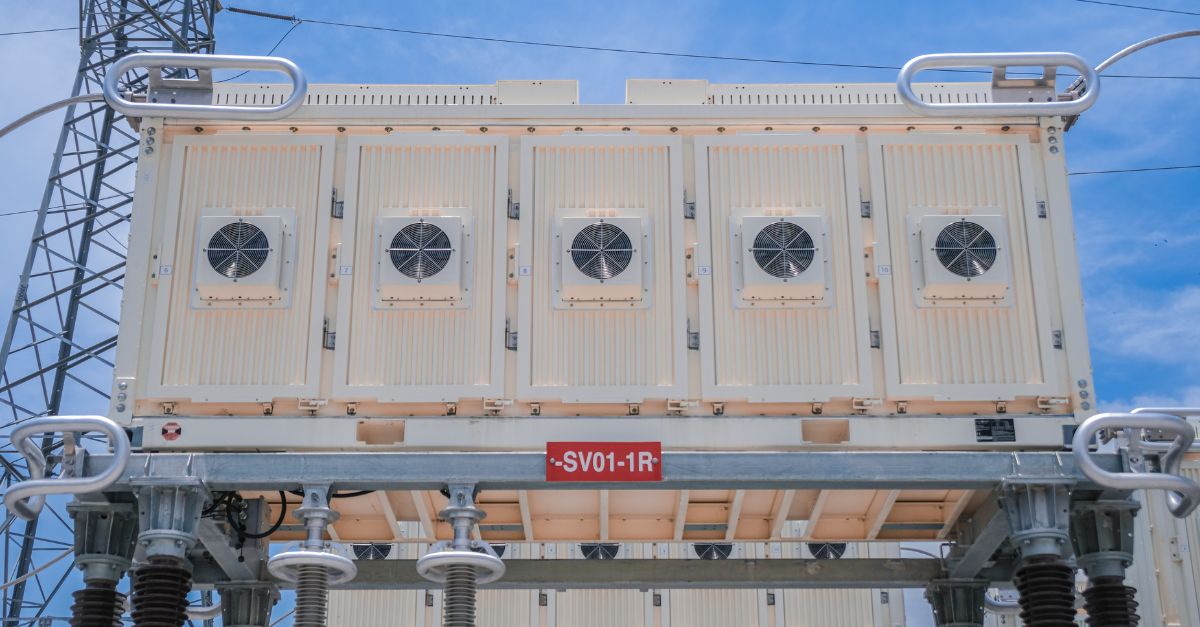
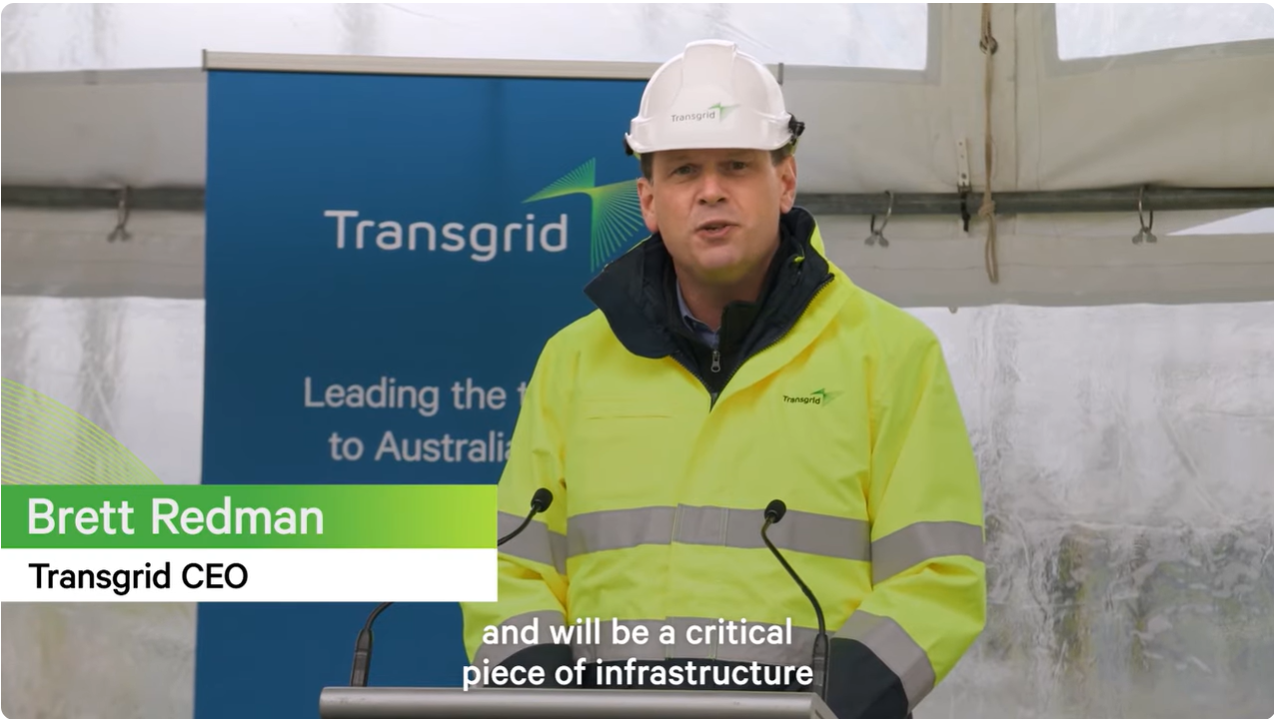

4:25
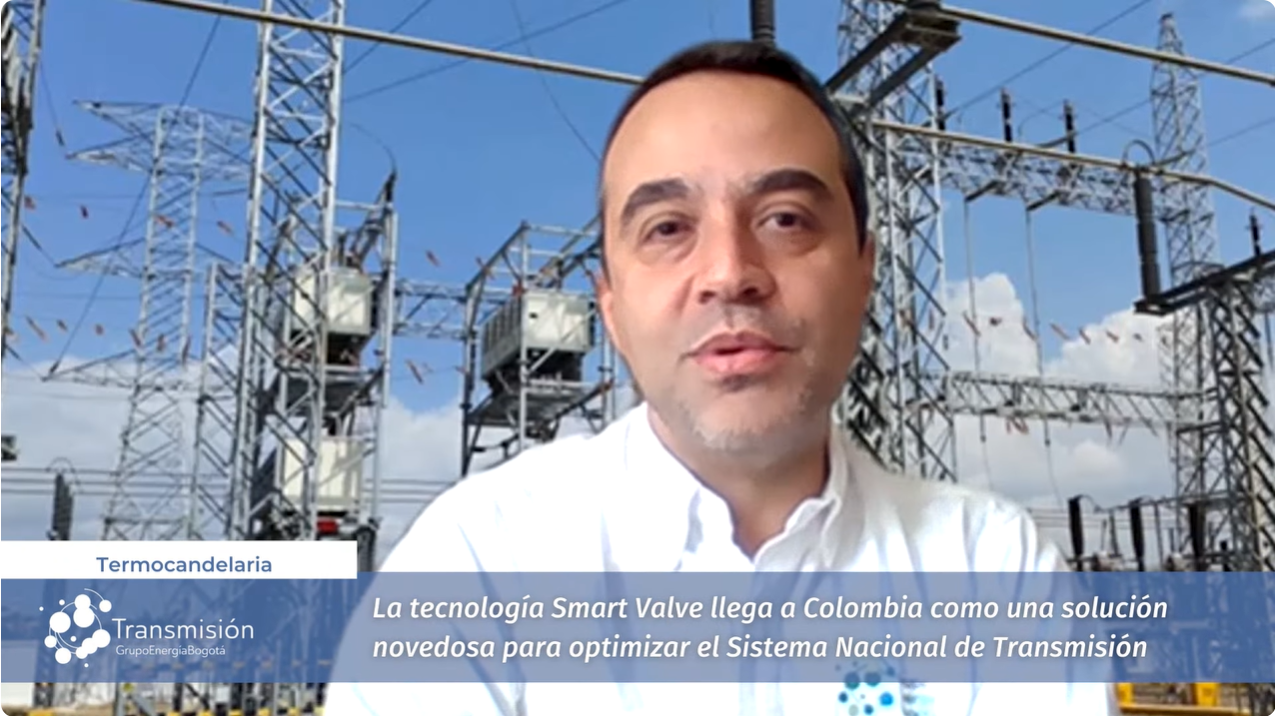
1:57

2:07

3:18
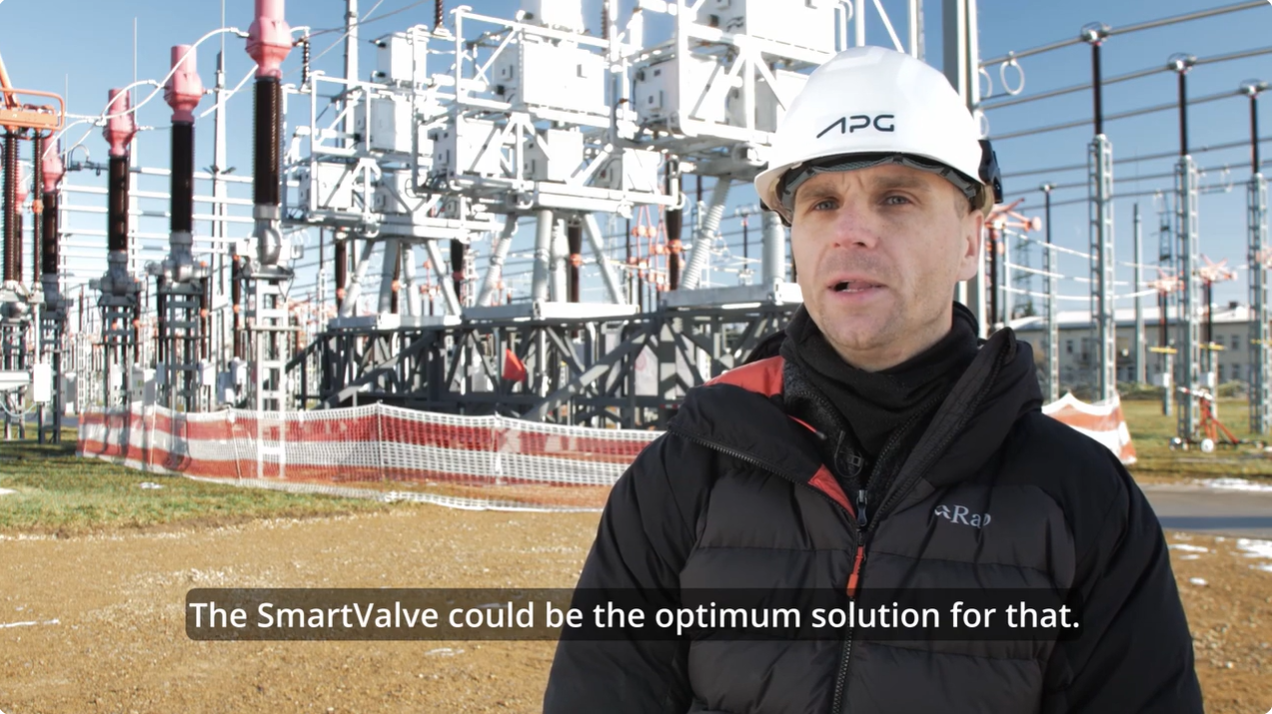

1:34

0:51

3:09
